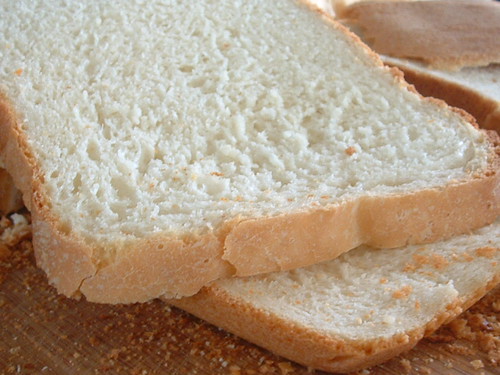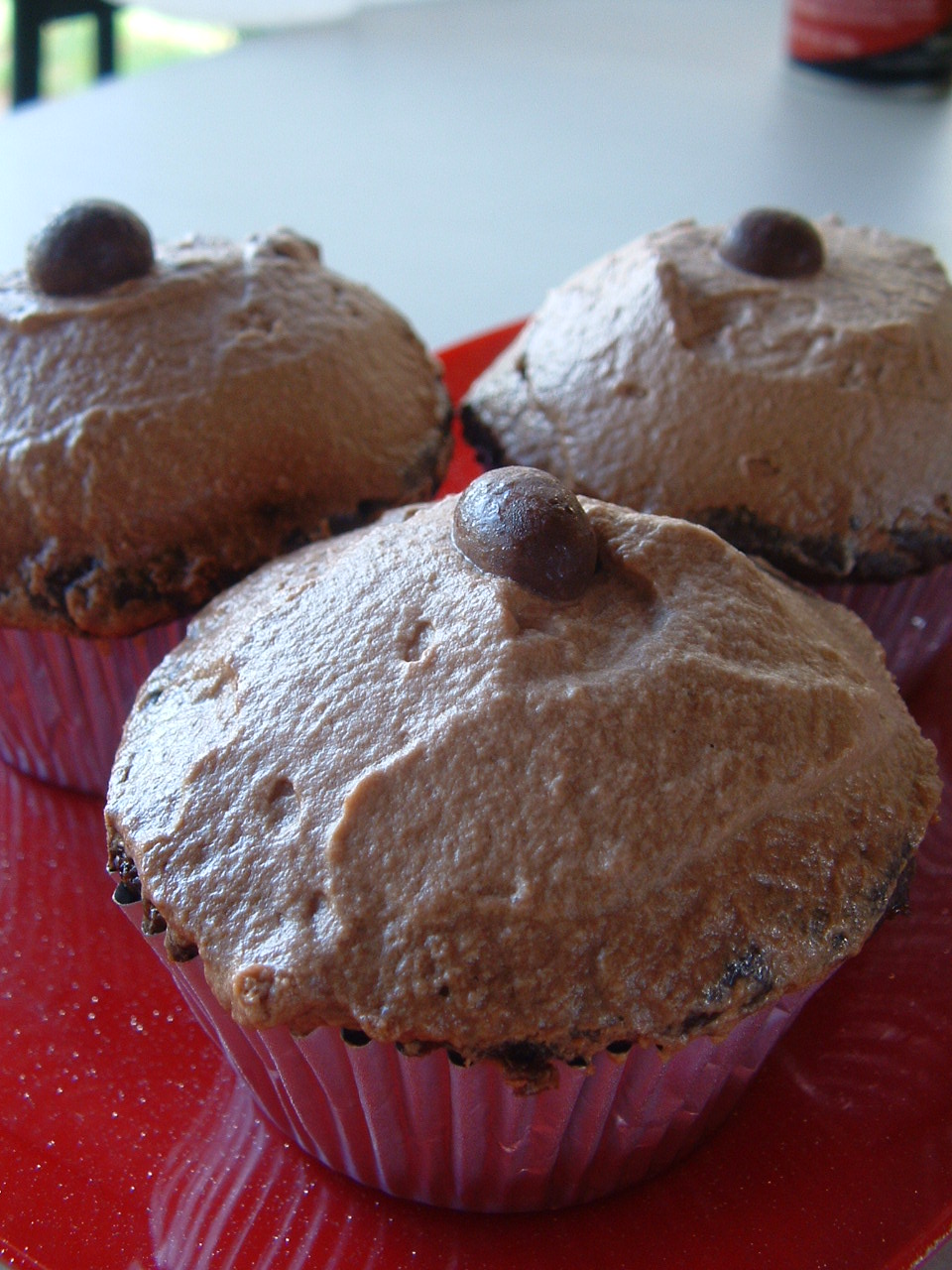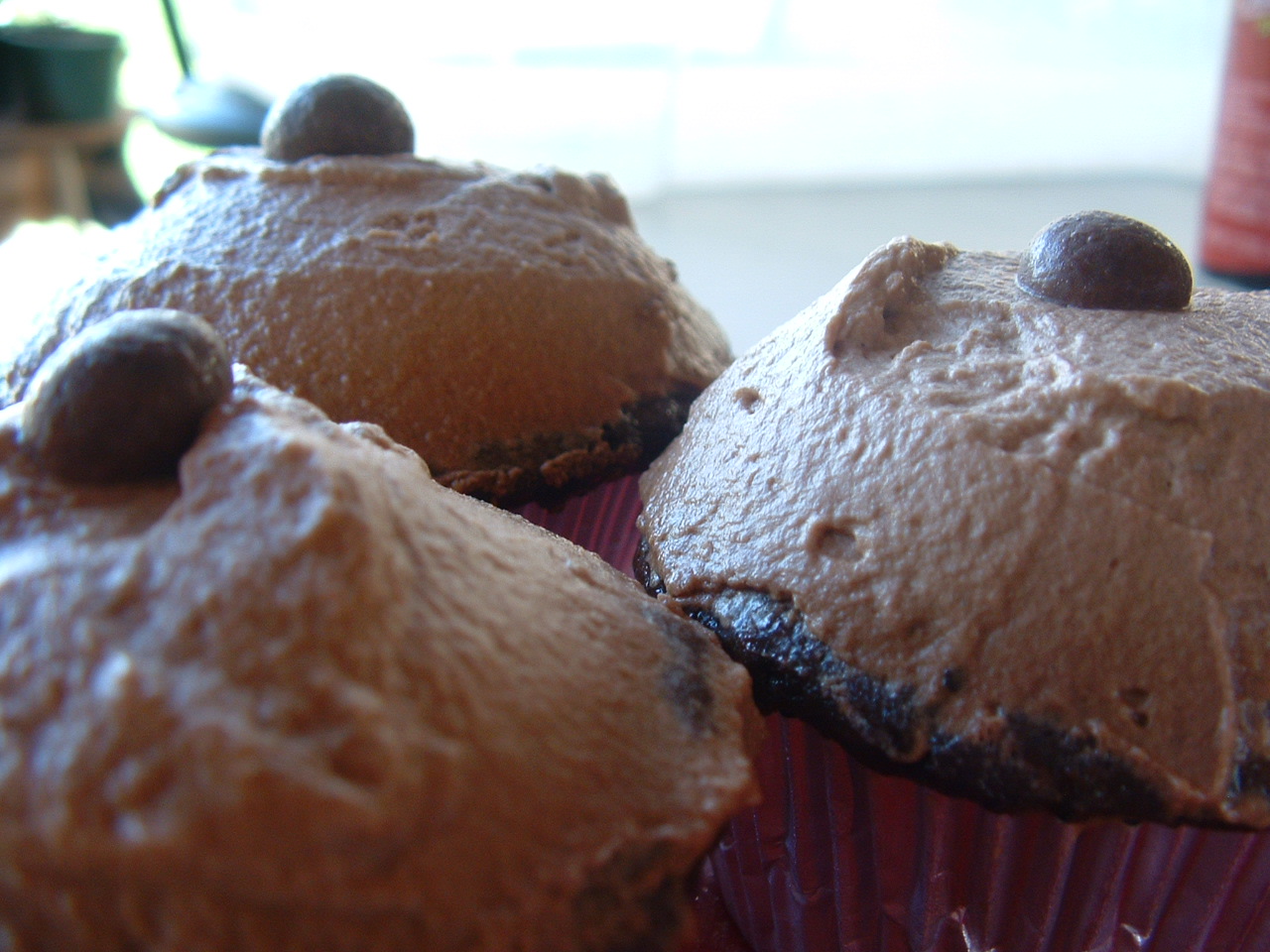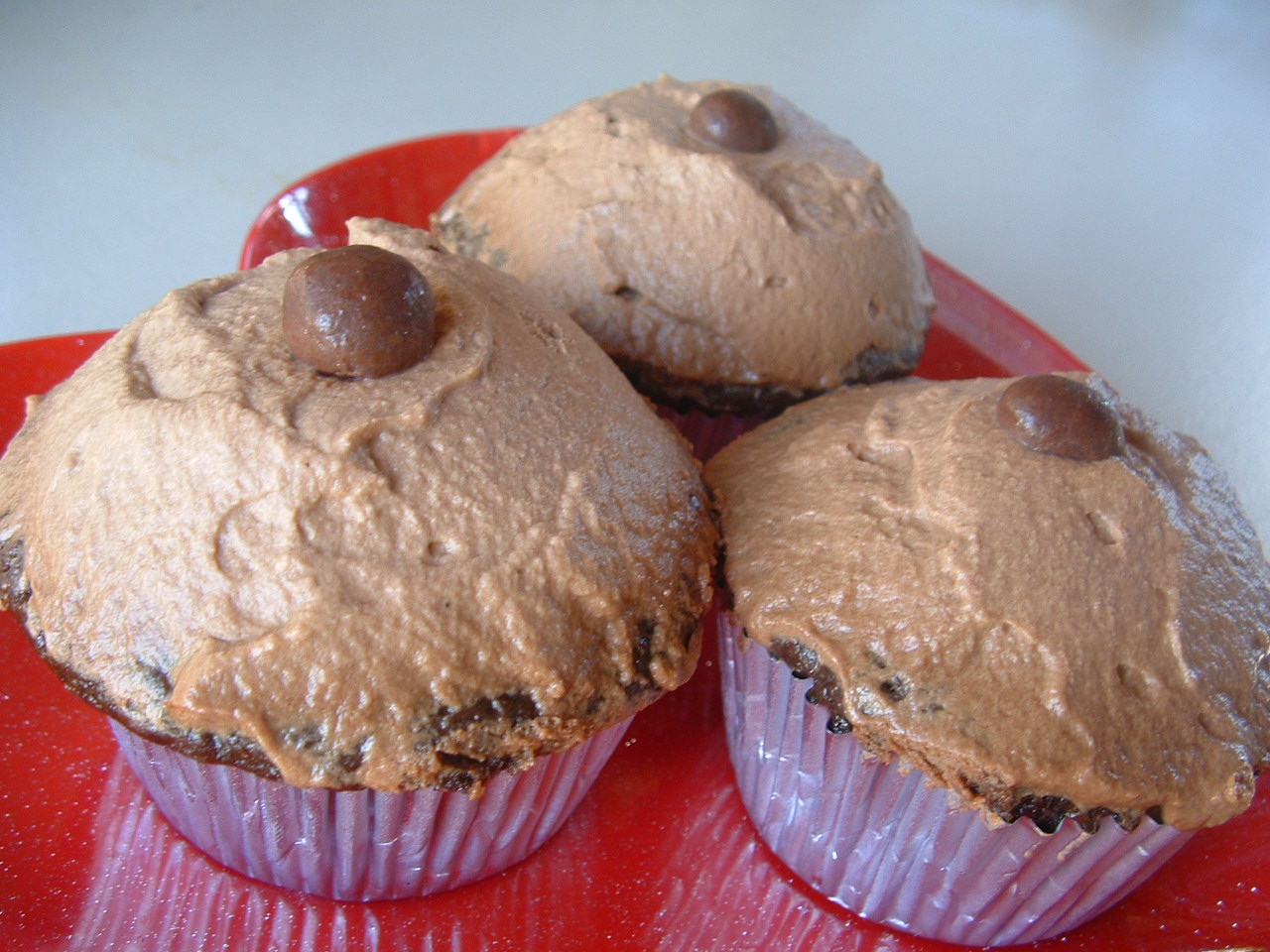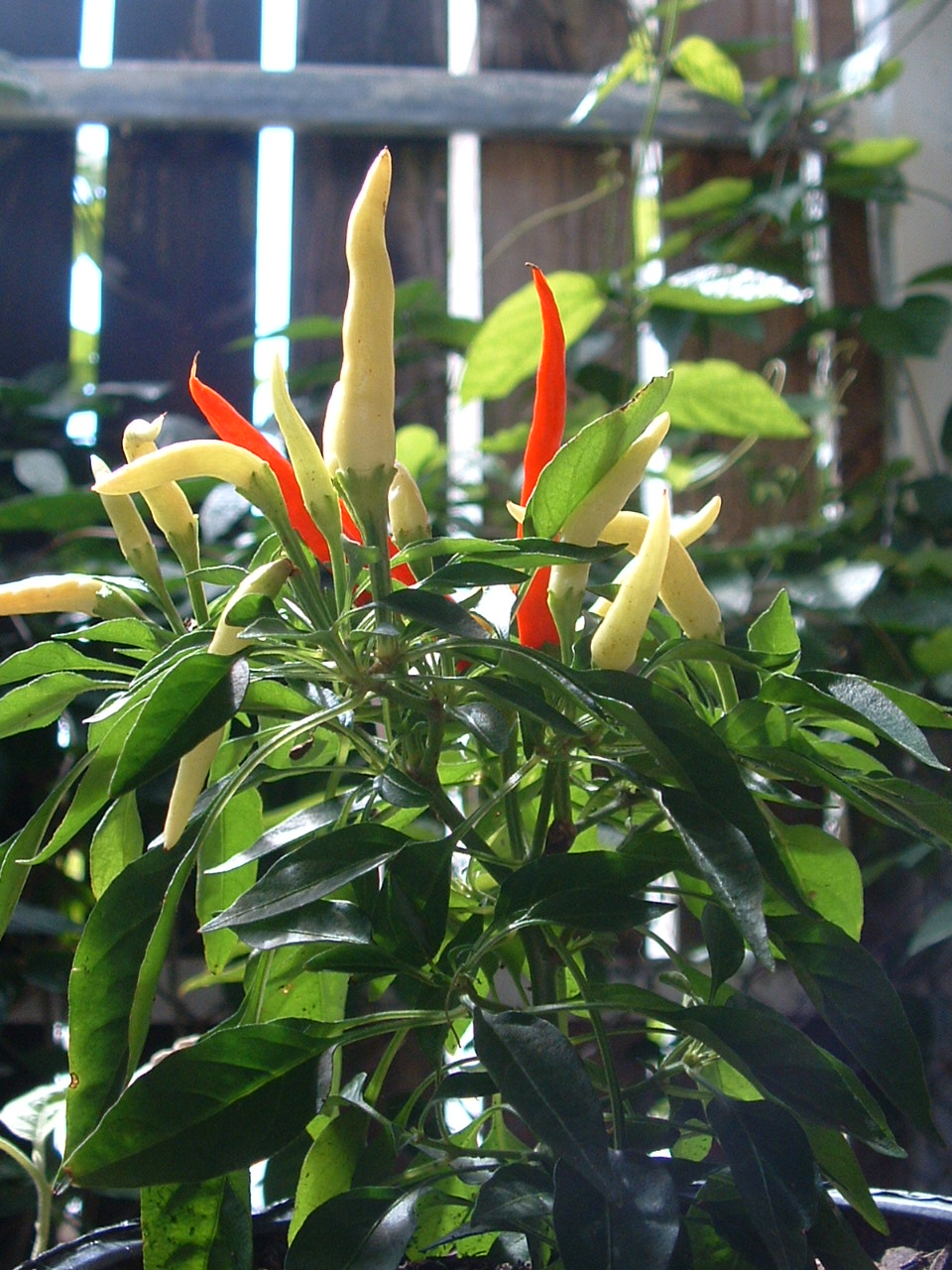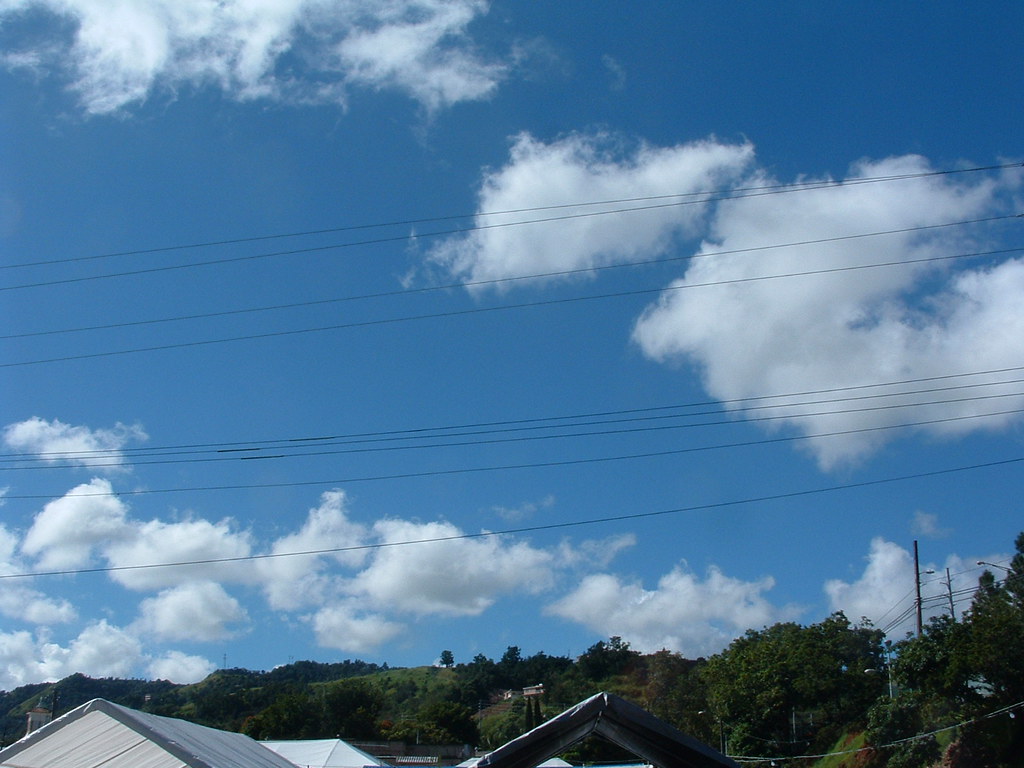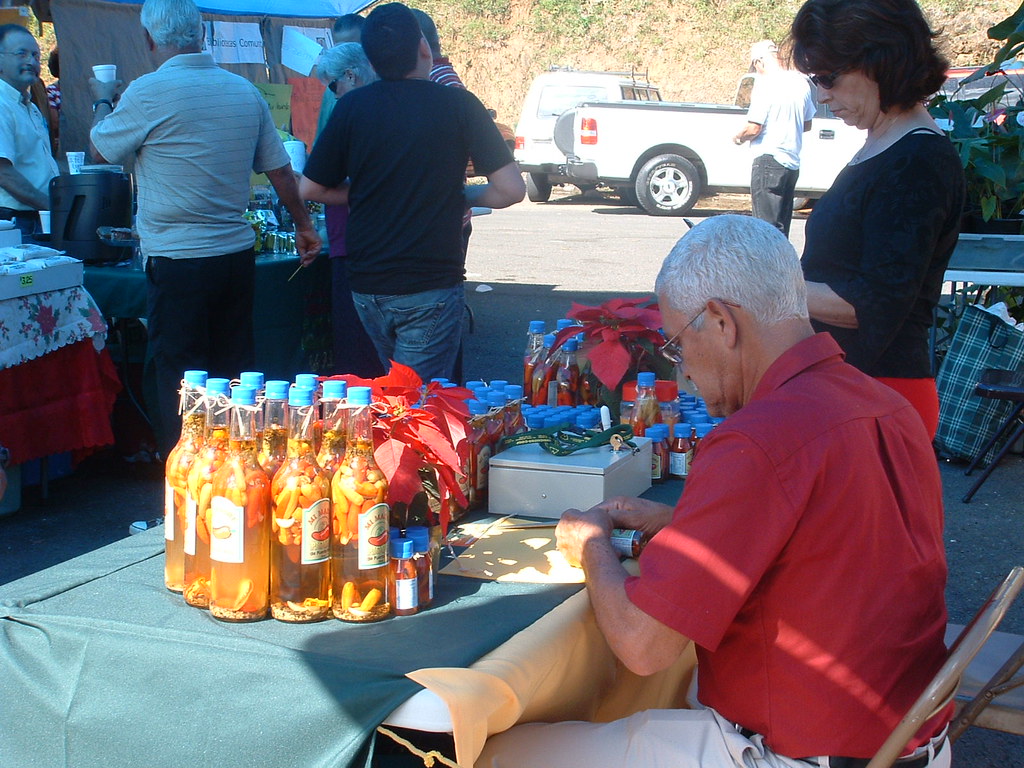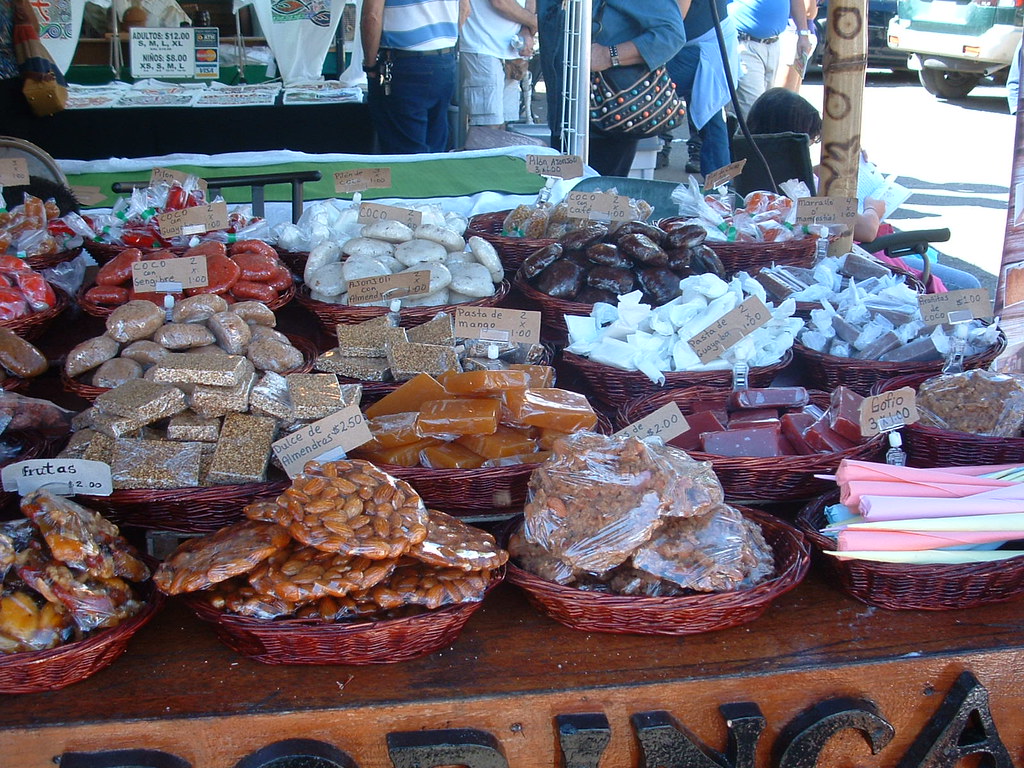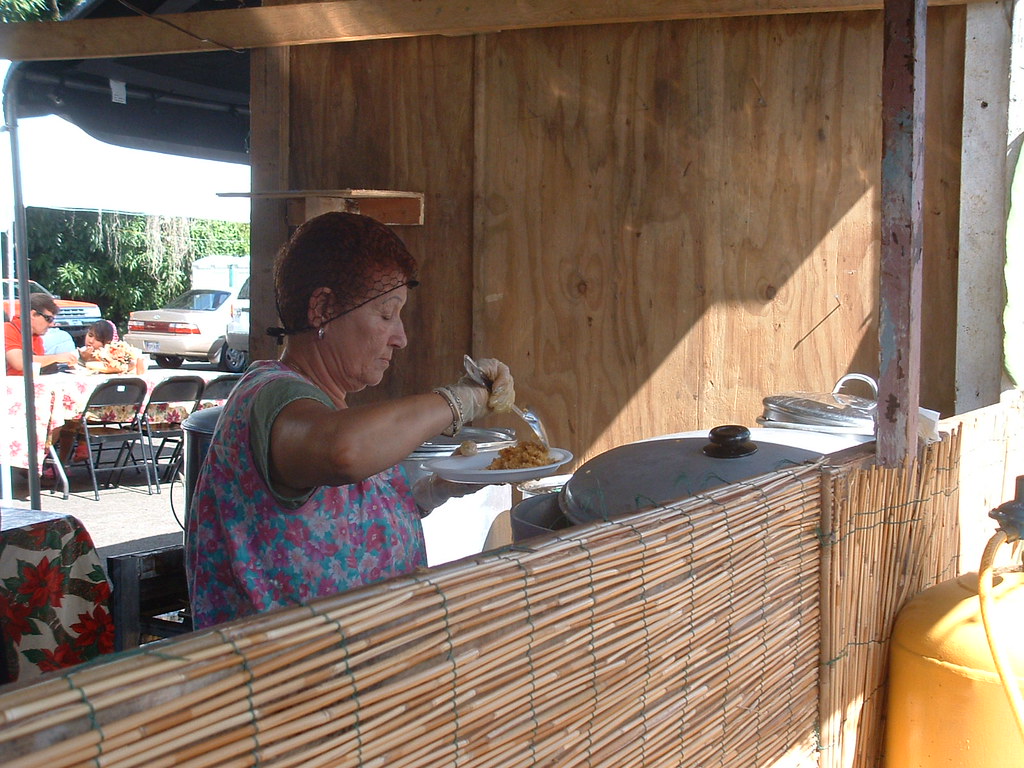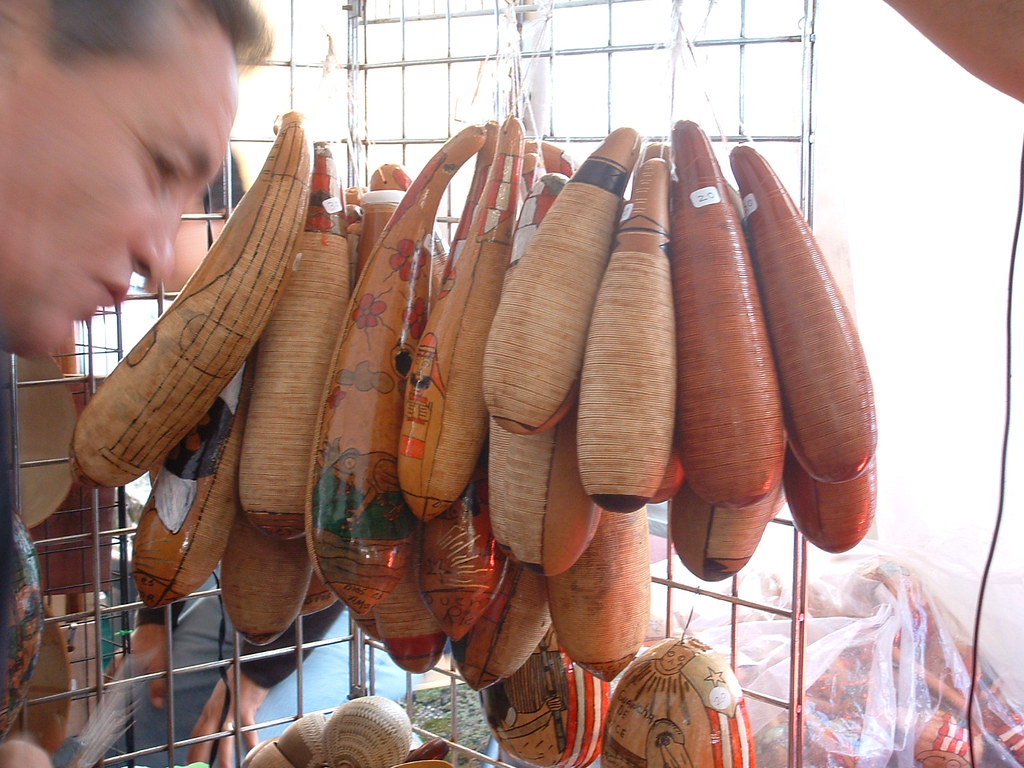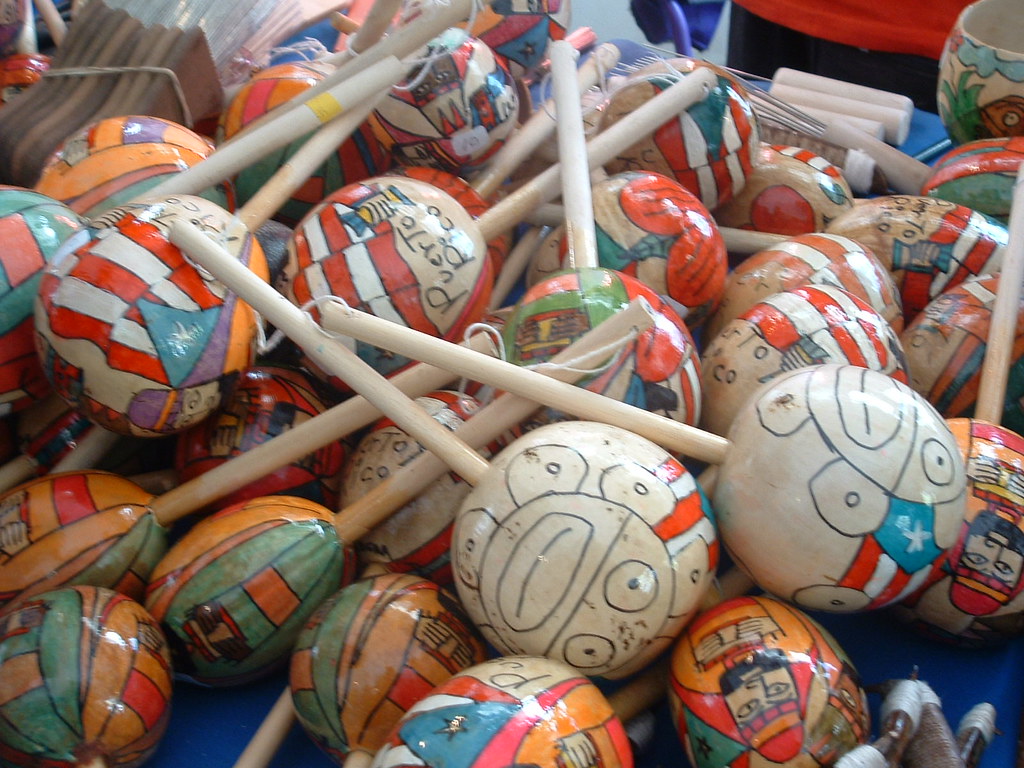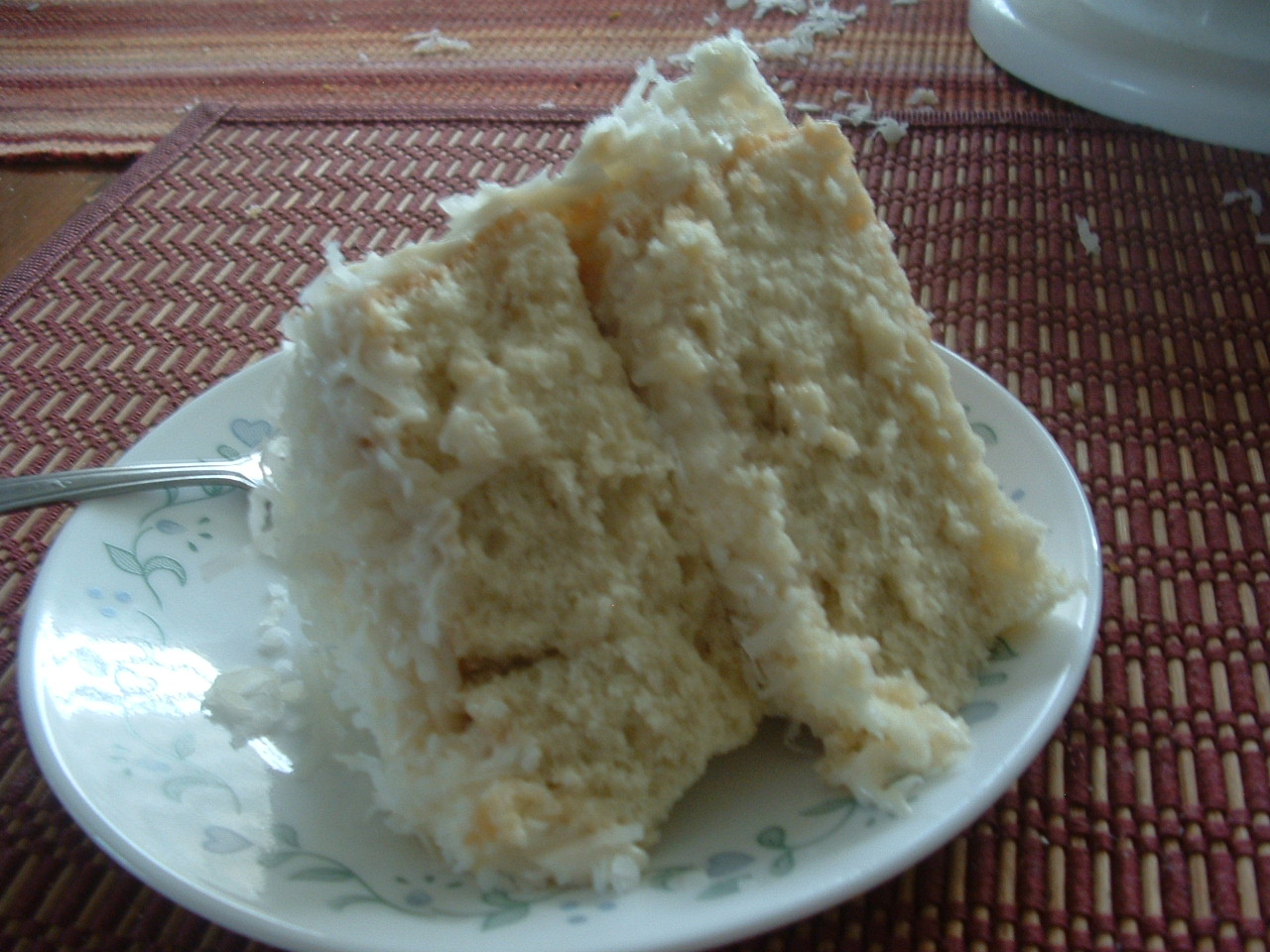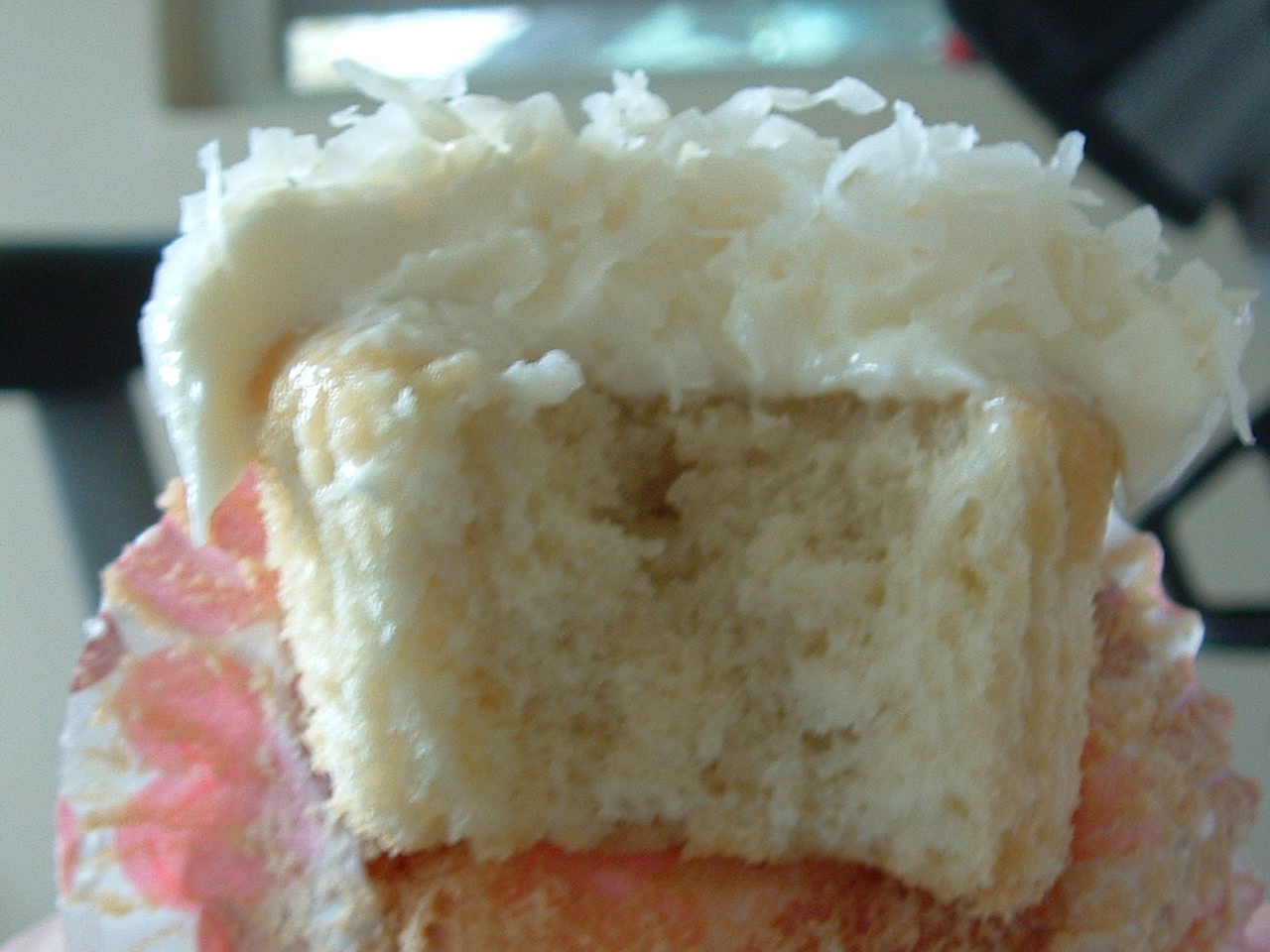
There is nothing like eating a warm just-baked slice of bread with butter or a piece of cheese; even alone, bread is the best comfort food you could offer me. Bread baked right at home is all I need to make a stressful day melt away from my body; after mixing the ingredients and waiting hours for the yeast to do its magic , by the time the aroma of the yeasty bread begins to invade my house I can barely wait to sink my teeth into the crusty goodness.
I’ve been baking breads with my mom since she bought a Bread Machine, but we always end up baking oatmeal bread or 7 grain bread but I wanted something more basic. There are thousands of variations when it comes to bread and I still haven’t tasted one that I don’t like, but sometimes going back to the basic white bread is almost better that a fancy-schmancy fifty-ingredients loaf. For me most of the time, simpler is better.
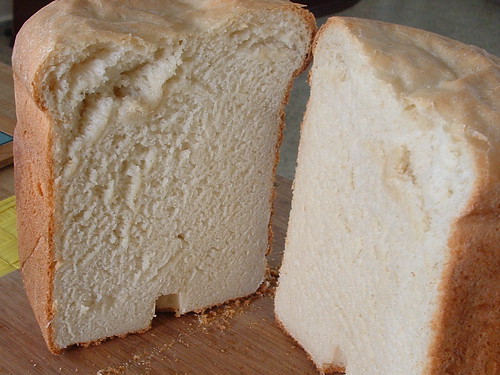
White Bread
recipe from: The Complete Book of Bread and Bread Machines
makes: 1 Large loaf- 2 pounds
1 3/4 cups (15 fl oz) water
6 cups (1 1/2 lb) unbleached white bread flour (I used unbleached all-purpose)
2 teaspoons salt
1 1/2 tablespoon granulated sugar
3 tablespoons butter
1 1/2 teaspoon easy-blend dried yeast
unbleached white bread flour, for dusting
Pour the water into the bread machine pan. However, if the instructions for your machine specify that the yeast is to be placed in the pan first, reverse the order in which you add the liquid and dry ingredients.
Sprinkle over the flour, ensuring that it covers the water. Add the salt, sugar and butter in separate corners of the bread pan. Make a small indent in the centre of the flour (but not down as far as the liquid) and add the yeast.
Set the bread machine to the basic/normal setting, medium crust. Press start.
Remove the bread at the end of the baking cycle and turn out on to a wire rack to cool.
